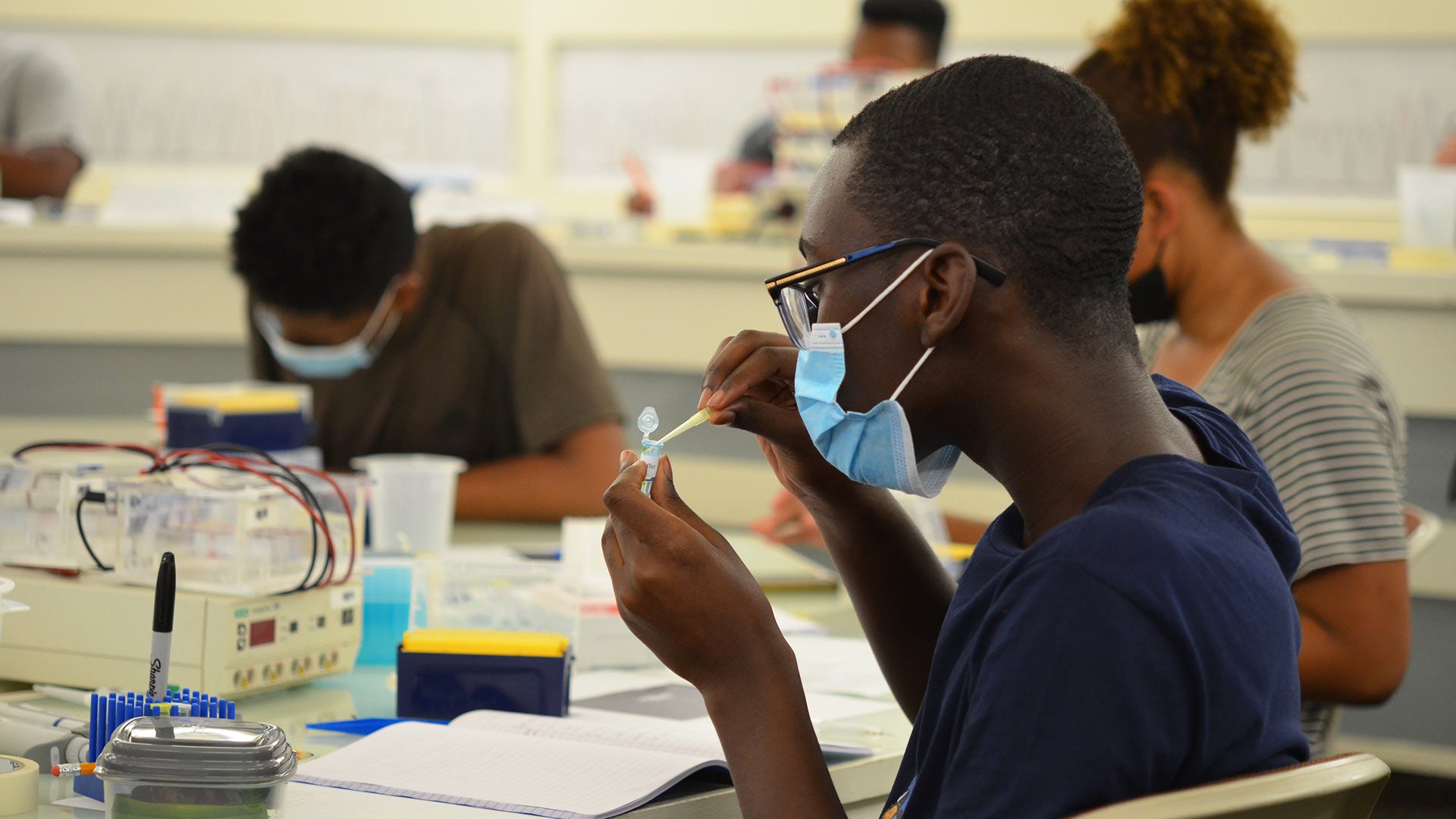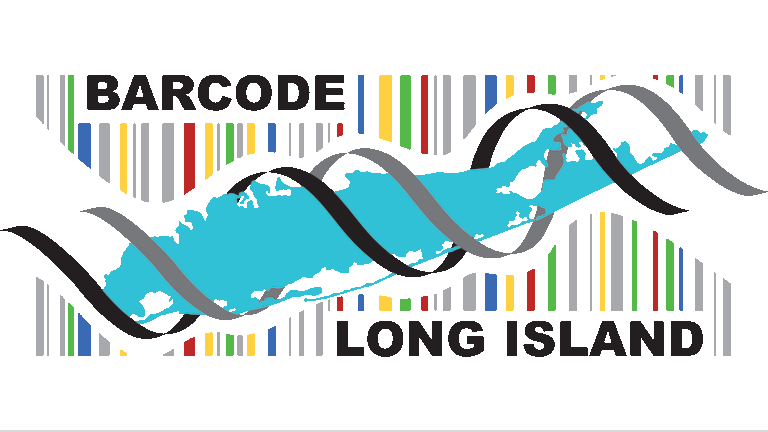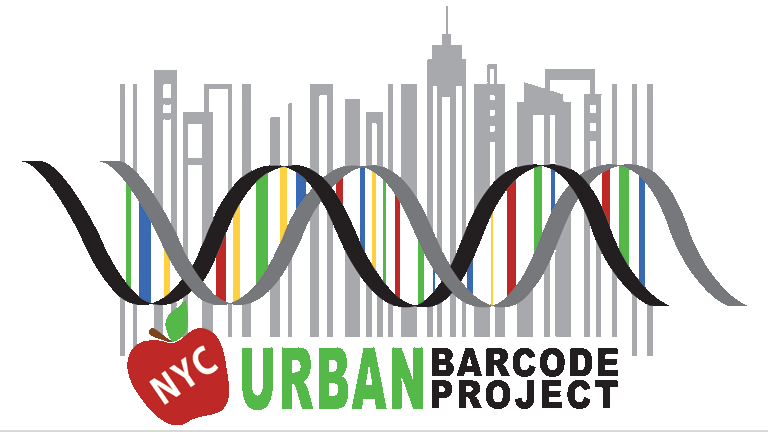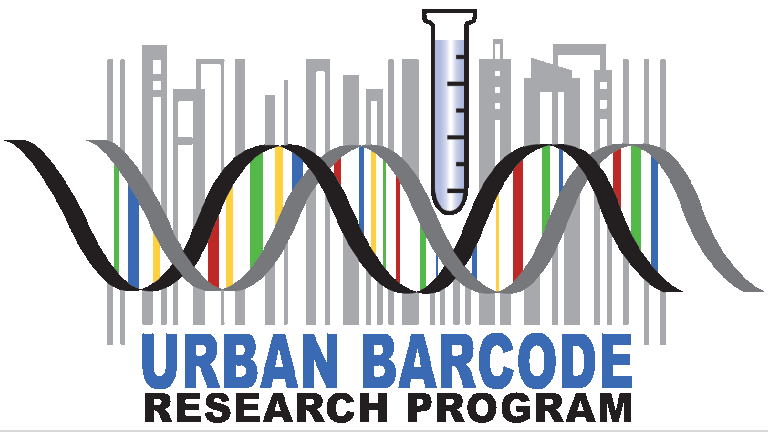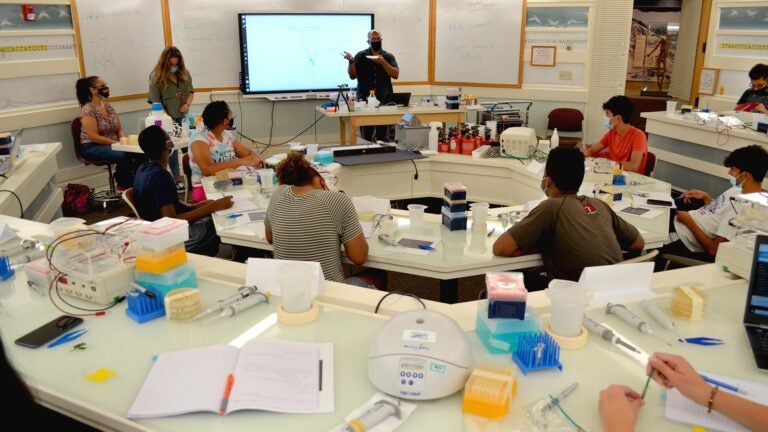
In a recent Science article, Jason Williams, assistant director of inclusion and research readiness at the DNALC, outlined ways to make STEM classrooms more welcoming, equitable, and inclusive. Williams co-authored the article with colleagues from six universities across the nation.
One of the best strategies for keeping students from HECs interested and involved in STEM is through active learning programs called CUREs (course-based undergraduate research experiences). Even though hands-on STEM learning is a proven practice, the DNALC has found that the level of opportunities for training teachers has steadily decreased since the mid-1990s. In 2019, the University of Colorado-Boulder studied why students left STEM majors. Around 90% complained about how they were being taught.
“Integrating hands-on research early on is something that we strongly believe in and do every day at the DNA Learning Center,” Williams says. “Historically excluded groups like science and math just as much as every other group—but they tend to leave at much higher rates. That’s because they don’t get treated the same way, and they don’t have the same experiences. We try to ensure everyone starts on an even footing—a rising tide lifts all boats.”
A cure for the outdated classroom
Lecturing dominates current undergraduate STEM courses at American universities. Lecture-based courses focus on telling students about science and memorizing facts for exams. This method, Williams says, is not effective in keeping students interested in STEM—especially those from HECs.
“When you take students from every background and you give them experience in the lab early, rather than courses that are primarily just lecture-based, you actually improve graduation rates, you improve retention in STEM, and you actually level the playing field. All students benefit when we change our teaching practices.”
Hands-on learning programs like CUREs get students actively involved in STEM. They teach students the basics of scientific research. Students lead their own research projects and learn to gather, analyze, and interpret data. This, Williams says, gives them creative ownership over research that can have real-world impacts.
CUREs in action
Williams is proud that DNA Barcoding, developed by the DNALC, is one of the most accessible and low-cost CUREs available. DNA barcodes are unique patterns in DNA that can identify living organisms, similar to the barcodes used to identify products in stores. Students isolate DNA from samples they collect in their local areas. They then identify the living organisms in the samples by comparing their DNA barcodes to those stored on DNA Subway, the DNALC’s web-based genetic reference library. The DNALC has several programs which bring CURE-style instruction to the high school level.
The DNALC’s DNA barcoding CUREs have had a tremendous impact on students, Williams says. He estimates that the DNALC’s CURE-based curriculum has reached anywhere between tens of thousands to hundreds of thousands of students through their teacher training programs. Thanks to their experiences with DNA barcoding, students say they’ve been inspired to continue pursuing STEM. The programs at the DNALC helped them stay interested in science and prepared them to further their education.
“It’s much more hands-on, much less just sitting there listening to a lecturer,” Benjamin Fagen, who participated in Barcode Long Island in 2018, said. “There is really no other time in high school you’re gonna be able to do something so hands-on and that could actually have a real impact.”
Students present and reflect on their DNA barcoding research projects at the DNALC’s annual symposium in 2018.
Williams’ ultimate goal is to see CUREs like DNA barcoding used at all levels of STEM education. In 2016, James Madison University transformed its biology program by integrating DNA barcoding into its introductory undergraduate biology courses.
“Creating more hands-on and equitable classrooms is something that would help every single STEM student,” Williams explains. “It’s the most important thing we advocate for at the DNALC—because it’s possible and it really has tremendous proven benefits. We hope to see this done at a national level.”
Written by: Nick Wurm, Communications Specialist | wurm@cshl.edu | 516-367-5940
